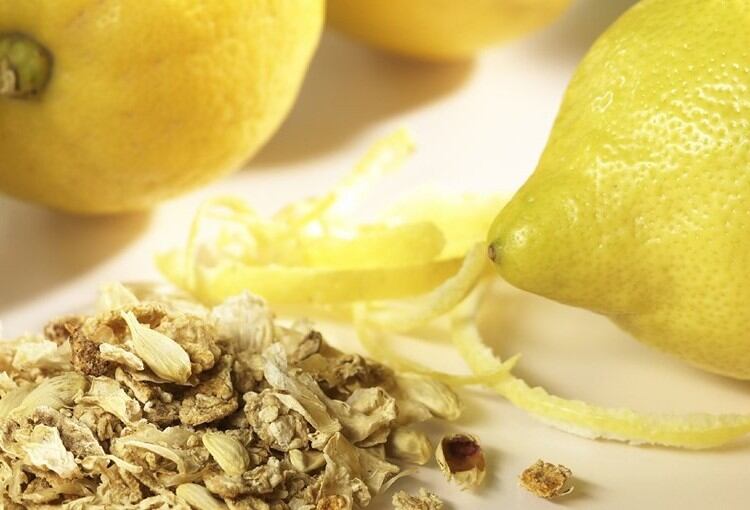As food ingredient companies evolve to embrace the clean label trend they continue to experience an exciting period of growth and transformation.
Consumers have become increasingly educated about the deleterious effects of processed, unnatural foods and artificial ingredients, they’re challenging companies to provide more transparency about what is actually in their food, according to a recent L.E.K. Consulting survey.
Their scrutiny on labels and ‘artificial’ ingredients is driving food and ingredient suppliers to reformulate and develop new, ‘cleaner’ solutions as the demand landscape evolves.
Pectin
Pectin, which is used primarily as a gelling agent in jellies and jams, is a type of hydrocolloid that is riding the clean-label trend. It can help clean up labels by removing the need for calcium salts, which may be added to low-sugar jams for texturising purposes. However, it must still be declared on the ingredients list.
Global product manager for pectin at DuPont, Valentina Gizzi, said: “Natural batch-to-batch variations in the calcium content of fruit can have a major impact on the texture of the spread.
“In reduced sugar systems, a limited amount of calcium is added to increase the viscosity and the set temperature of the jam and hence to facilitate the suspension of the fruit and achieve a more appealing texture."
Pectin has been a component of some fruit snacks and gummies for years. Many consumers prefer snacks made with fruit-based pectin instead of animal-sourced gelatin. They may also prefer the clean flavour release and short texture that a pectin-based gummy provides.
Cargill’s pectin experts help manufacturers determine setting and processing parameters for the desired end product.
“Sometimes you want to set up more quickly, for example if you want a liquid centre,” said Cargill technical expert, Wen-Juin Shieh. “But setting up too fast may result in pre-gelling and problems during depositing.”
Gummy vitamins are becoming more popular. According to IBISWorld, gummy products now account for $1bn of the $41bn supplement market in the United States.
One type of hydrocolloid in particular ― gums ― has become quite popular with food manufacturers and consumer packaged goods (CPG) companies for its thickening and stabilizing properties. However, while gums have been around for quite some time, there has been a shift toward those gums that are acceptable on the clean-label spectrum.
Other gums that are aiding the clean-label trend are acacia gum, due to its low sugar content, and guar gum, which packs a hefty dose of fibre. And while the name may give consumers pause, xanthan gum is a safe and versatile stabilizer and thickener produced by fermenting plant-derived sugars.
Stevia
Derived from stevia plants ― stevia is still a popular alternative given its affordability, improving flavour profile, lack of any health or safety concerns, and advancements in stevia technology that could lead to explosive growth.
And it can be found in numerous food and beverage products ranging from soda to yogurt, either alone or in combination with other sweeteners such as Splenda or cane sugar.
To succeed in the marketplace, sugar alternatives must deliver taste, natural purity and value. While there are a number of all-natural sweeteners on the market ― from allulose to monk fruit ― stevia is one that delivers on those three key criteria.
Sources:
https://www.lek.com/insights/ei/clean-label-food-ingredients
https://www.cargill.com/doc/1432111770180/pectin-confectionery-article.PDF



